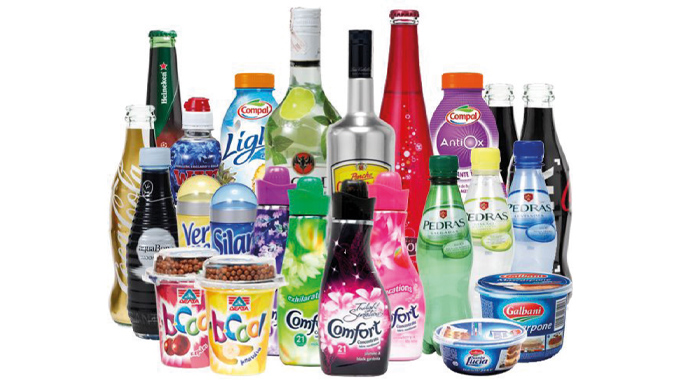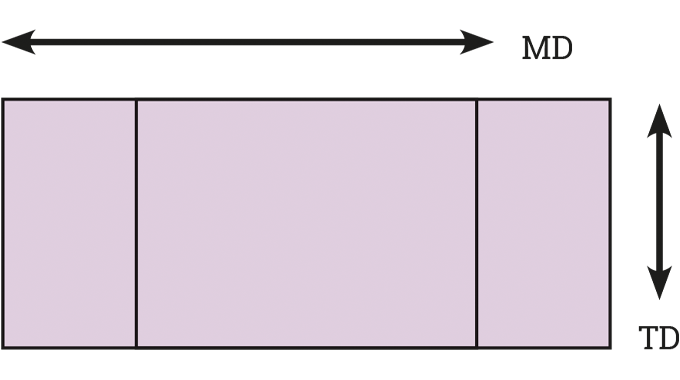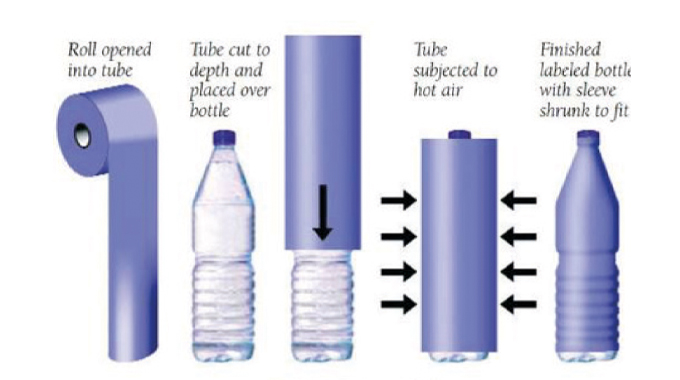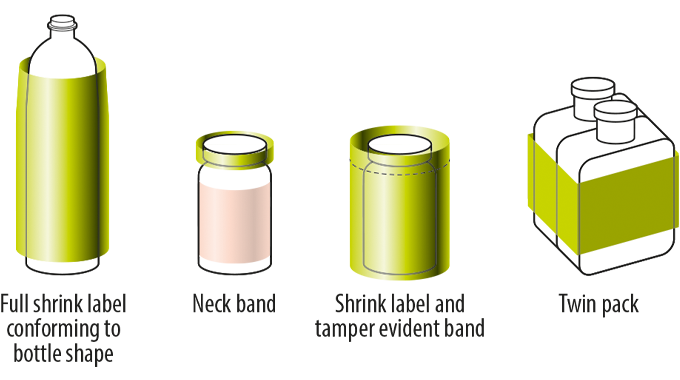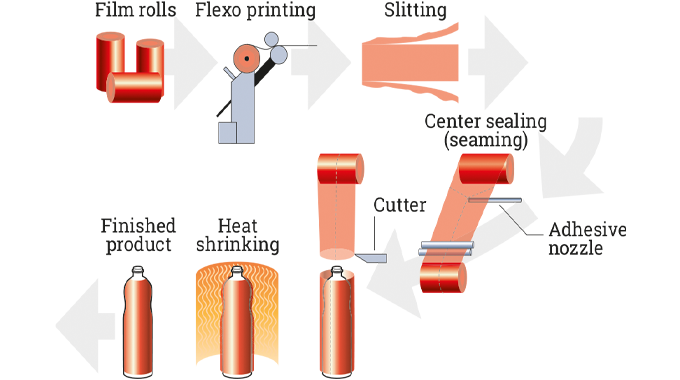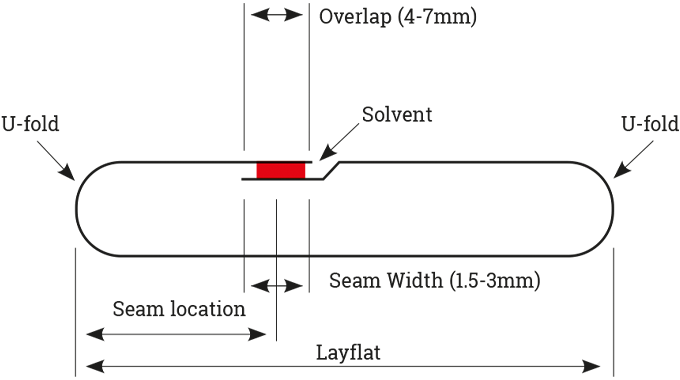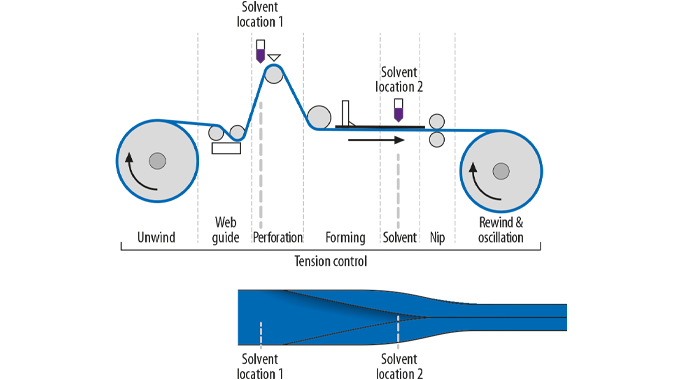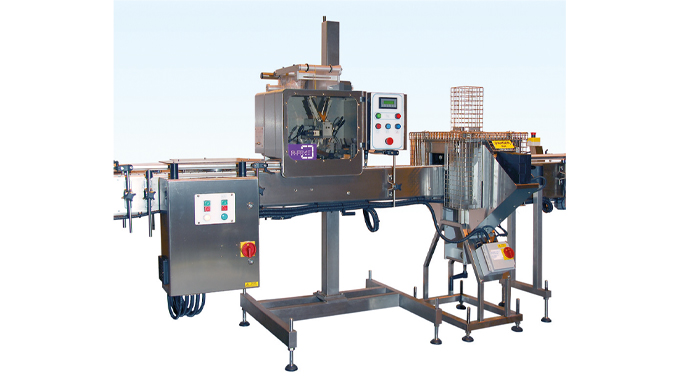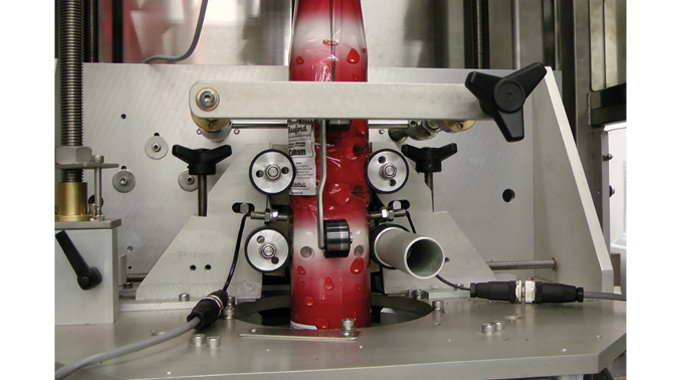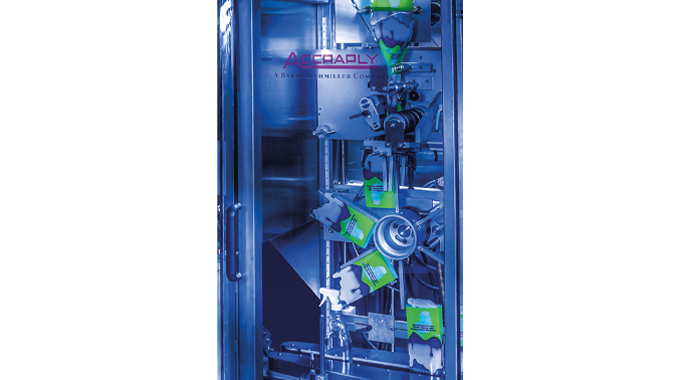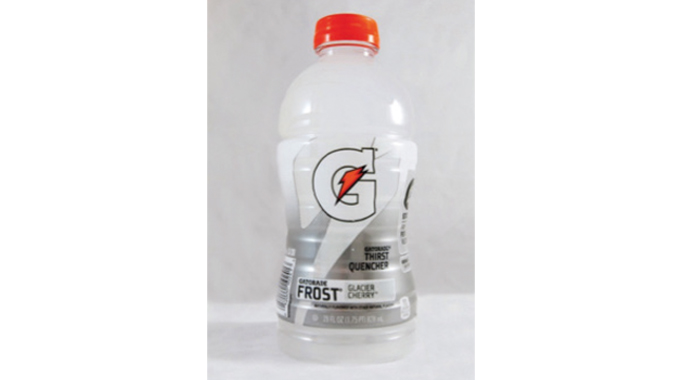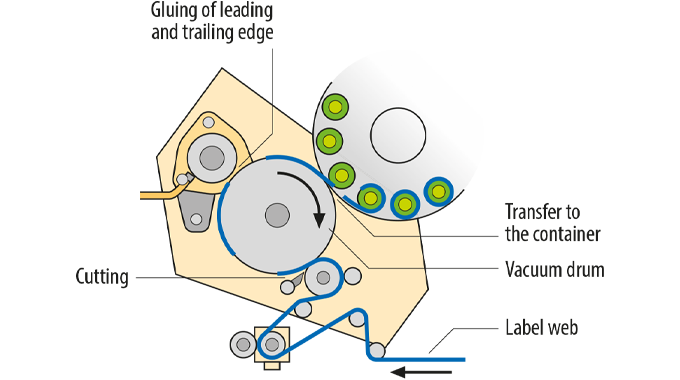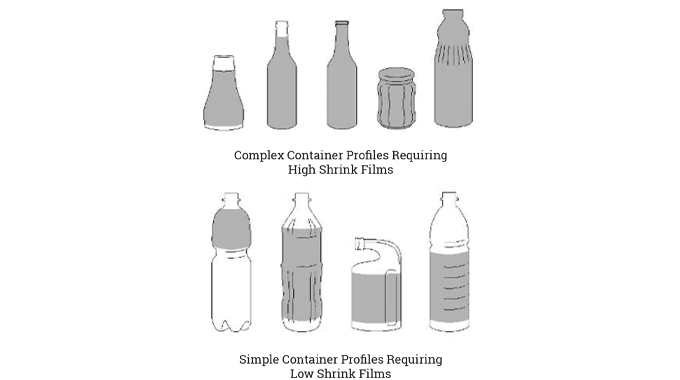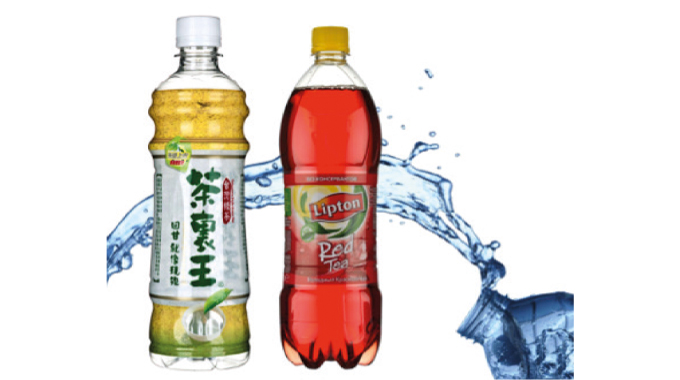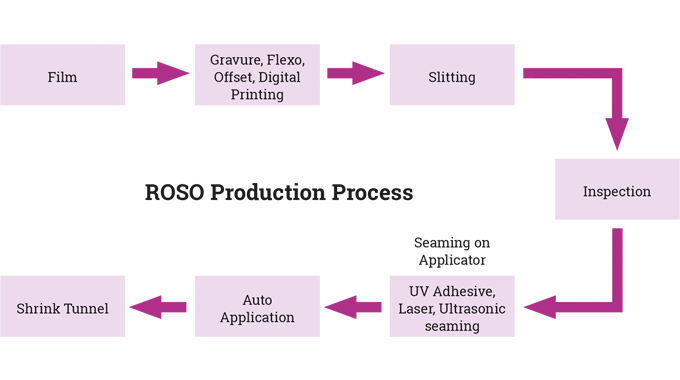★You are viewing this content as a subscriber
★Subscribers only
Product decoration technologies: sleeving
Sleeve labels are typically produced from polymer film substrates capable of shrinking biaxially around the product when subjected to heat
Sleeve labels are typically produced from polymer film substrates capable of shrinking biaxially around the product when subjected to heat.
They provide 360 degree graphics around a pack offering surface protection from rubbing and a high degree of label security. Indeed, the process has proved ideal for additionally shrinking the film around the cap of a bottle or jar so as to provide evidence of tampering.
Stay up to date
Subscribe to the free Label News newsletter and receive the latest content every week. We'll never share your email address.
